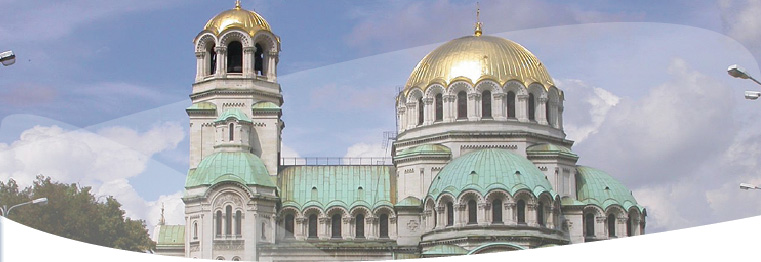|
Introduction
With a territory of 110,994 square kilometers (42,855 sq mi), Bulgaria ranks as the 15th-largest country in Europe. Several mountainous areas define the landscape, most notably Stara Planina (the Balkan mountains) and Rhodope mountain ranges, as well as the Rila range, which includes the highest peak in the entire Balkans.
In contrast, the Danubian plain in the north and the Upper Thracian Plain in the south represent Bulgaria's lowest and most fertile regions. The 378-kilometer (235 mi) Black Sea coastline covers the entire eastern bound of the country.
|




